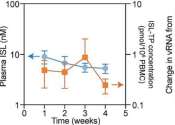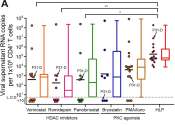Implantable device delivers HIV antiviral with more potency than oral drugs
A team from Houston Methodist Research Institute recently showed that a nanofluidic implant delivered an HIV drug that achieved more potency than other forms of drug administration (oral) and other HIV drugs.
Mar 26, 2024
0
0









